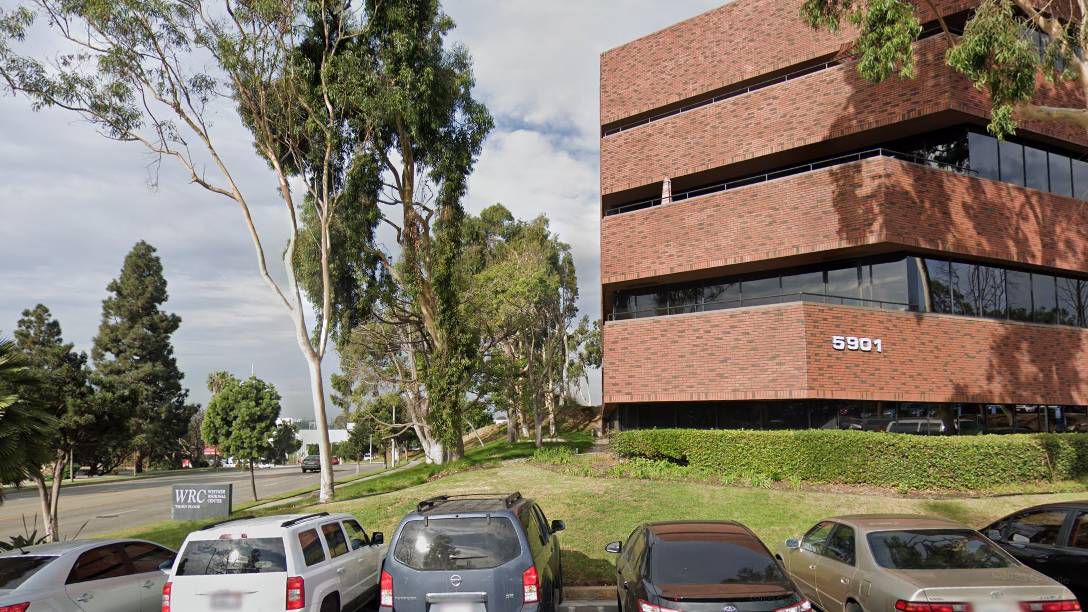EL SEGUNDO, Calif. — A new report released this week on services for adults with disabilities in California outlines a "disturbing picture of systemic discrimination across the state" despite numerous programs and tens of millions of dollars to reduce "chronic inequities."
The report, "A Matter of Race and Place," says racial and ethnic disparities are worsening for adults in the state with developmental disabilities.
"The disparities look like an EKG (electrocardiogram)," said Judy Mark, the president of Disability Voices United, which researched and wrote the report, and the mother of a son with autism. "It keeps going up and down depending on where you live."
Disparities are most glaring in Latino communities where adults can receive as little as 43 cents for every dollar spent on services for white adults, the report said. Geography also plays a role, it said.
Among the findings:
- An adult at the Eastern Los Angeles Regional Center gets nearly five times the amount of services to get support living on their own than people at the Inland Regional Center in San Bernardino;
- An adult living at home at the Westside Regional Center in Culver City gets three times as much as compared to those at the San Diego Regional Center;
- Hispanic adults receive the least amount of services at most regional centers in the state;
- Hispanics and Asians have significantly higher levels of adults who receive no services at all at 15 of 19 regional centers in the state;
- White adults are the most likely to receive services at any of the centers.
"Sadly, California's regional center system still operates haphazardly with wild inconsistencies in funding," said Brian Capra, senior staff attorney with Public Counsel and author of a separate report on children that found similar results, in a statement. "DDS continues to use a convoluted funding formula that gives unequal resources to different regional centers and employs a laissez-faire approach to service delivery that allows inequities to fester. Tragically, our most disadvantaged families continue to get the least amount of support."
The state's Department of Developmental Services issued a statement agreeing with much of the report, saying it "adds to the vital effort to close the gaps that exist in how diverse communities access the services they need for themselves and their families.
"All those involved in serving Californians with disabilities recognize that disparities exist between different regions of the state, between consumers of different economic status, and between ethnic and racial groups," a spokeswoman for the agency said in a statement. "DDS has made it a priority to approach these discrepancies in a thoughtful and systematic way, and it takes that work very seriously."
The spokeswoman said while progress has been made in recent years, there is room for improvement. The DDS said it has enlisted Georgetown University to evaluate the current grant program to ensure money is going to "efforts that are effective and tailored to our diverse communities." The statement said that among improvements, the agency has been reducing caseload ratios for regional center service coordinators and is establishing an ombudsperson office to investigate complaints.
"As a state, we are closer to the beginning of this process than the end," the statement said. "The reasons for discrepancies are as complex and varied as the 400,000 individuals we serve. Addressing these discrepancies requires that we first understand them as thoroughly as possible to find solutions that truly work for our communities."



